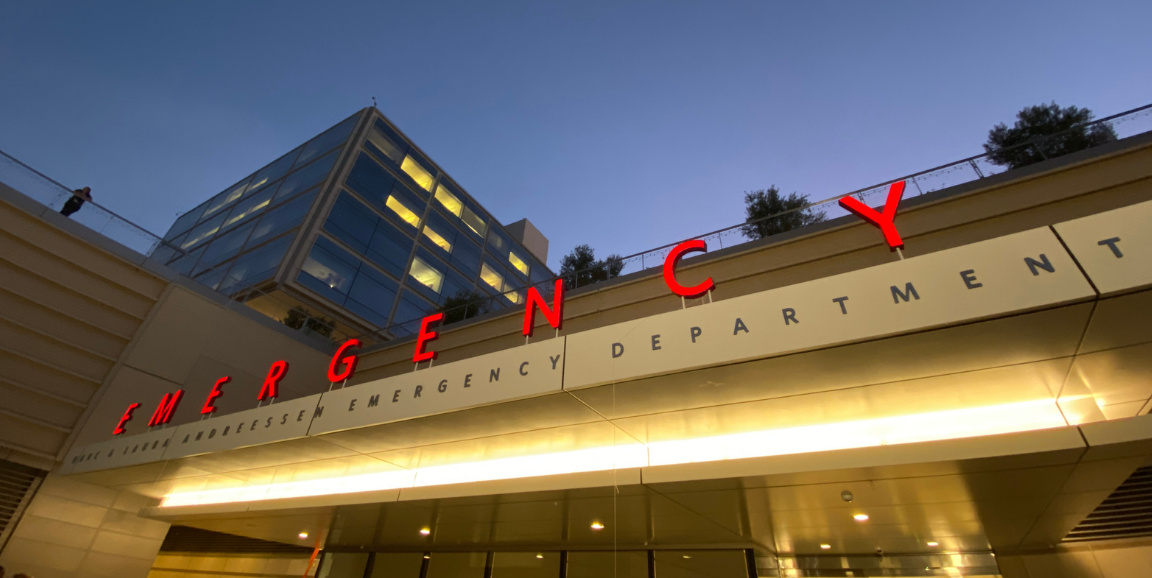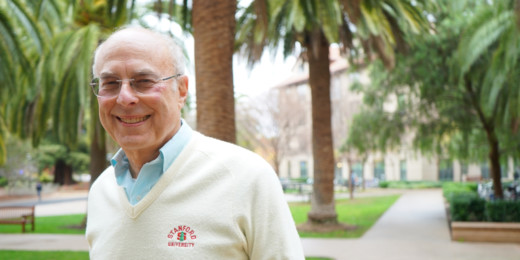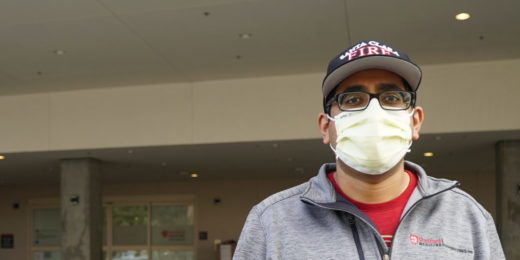Stanford Medicine's Marc and Laura Andreessen Adult Emergency Department, the front door to the hospital for many patients, has been responding to the coronavirus pandemic for nearly a year. The roughly 500 workers in the ED -- physicians, nurses, security officers, X-ray technicians, pharmacists and many others -- have faced a challenging 10 months. They've had to develop strategies for treating people with COVID-19 and prevent the virus's spread among staff and patients -- all while caring for everyone who comes through its doors, and each other.
As the pandemic hits its third, and so far biggest, surge in the Bay Area, Andra Blomkalns, MD, chair of emergency medicine, and Alison Kerr, MSN, chief administrative officer of clinical operations, spoke with me about how the ED crew has adapted and prevailed during COVID-19.
How do you support your staff during this intense time?
Kerr: When I check in with my team, I don't ask about work; I ask about them. It's important that you allow them a safe space where they can talk about how they're struggling, even with personal things. I try to give everyone the time off they need to relax and rejuvenate.
Blomkalns: We touch base by reaching out through text or email, as we can't get together socially in person now. I ask them what was the best thing about the last week or day so we can focus on something positive. One of my physicians told me how early one morning, his toddler son opened the garage door on his own and headed down the street in his new little plastic car. That story kept me laughing all day.
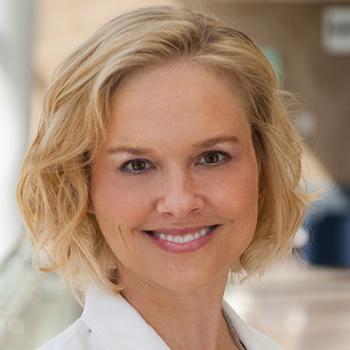
I know many in the ED are working long hours. How do people keep from burning out?
Blomkalns: ED workers by nature have resilience and are energized by responding to patient needs, but it's difficult to maintain that over an entire year. They keep their spirits up by talking about future vacation plans and the parties they plan to throw. One of the nurses made colorful scrub caps.
Because we need to stay apart physically, we've been connecting with staff via texts and phone calls and through virtual town halls, where people can express their views and ask questions.
How did the arrival of a vaccine affect the crew?
Blomkalns: I almost didn't believe it was happening until I saw the trucks on the loading dock. Everyone is starting to feel like there will be an end. It really changes the outlook.
Kerr: It was hard, as the months ticked by, because we didn't know when it would all be over. Now we know there will be an end to this pandemic.
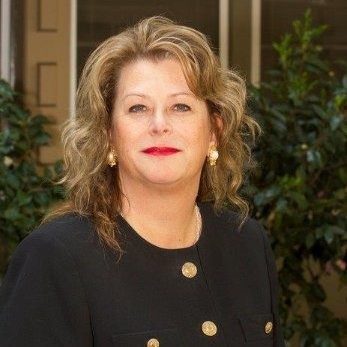
The timing of the pandemic seems somewhat fortuitous as the new hospital opened a few months before it hit. Did having the new ED help?
Blomkalns: It's been a huge advantage. We have individual rooms that let us isolate patients. We have rooms in the triage area, as well as in the treatment areas, so we can keep COVID-19 patients, or suspected COVID-19 patients, separate.
Kerr: Some of those rooms have negative airflow, which helps keep airborne particles from leaving the rooms. With the bigger space [the new ED covers 42,000 square feet], waiting room spaces are much larger. That allows for a lot of physical distancing.
I imagine you had to redesign processes in the ED. What are some of the better ideas you or your staff had?
Kerr: The first thing we did was to move triage outside, just outside the front door. Also, we started drive-through testing, so suspected COVID-19 patients didn't need to come inside the ED to get a test.
Blomkalns: Some people were coming to us because they didn't have access to testing, and we were glad we could help them while also protecting the patients who needed to be in the ED. We also started putting the less acute patients into private rooms, where they can have a video visit with a nurse or physician.
Kerr: For X-rays, we changed our procedure so that the nurse will place the plate, and the X-ray technician never has to be in the same room as the patient. We also use iPads to talk with patients, or have them talk with family members. We can limit interactions and save personal protective equipment while maintaining a good patient experience.
How would you describe the attitude of the staff?
Kerr: As hard as it's been, we have a strong sense of purpose in this pandemic. We're lifted up by our opportunity to serve the community and each other. There's a certain mentality that this is what we're born and bred for. This is history.
The Voices of COVID series captures the stories of the many people at Stanford Medicine who have been stepping up to the challenge of the pandemic. Follow along on social media and look for new stories twice a week. If you have ideas to share, reach out to Becky Bach at retrout@stanford.edu.
Top photo by Margarita Gallardo


